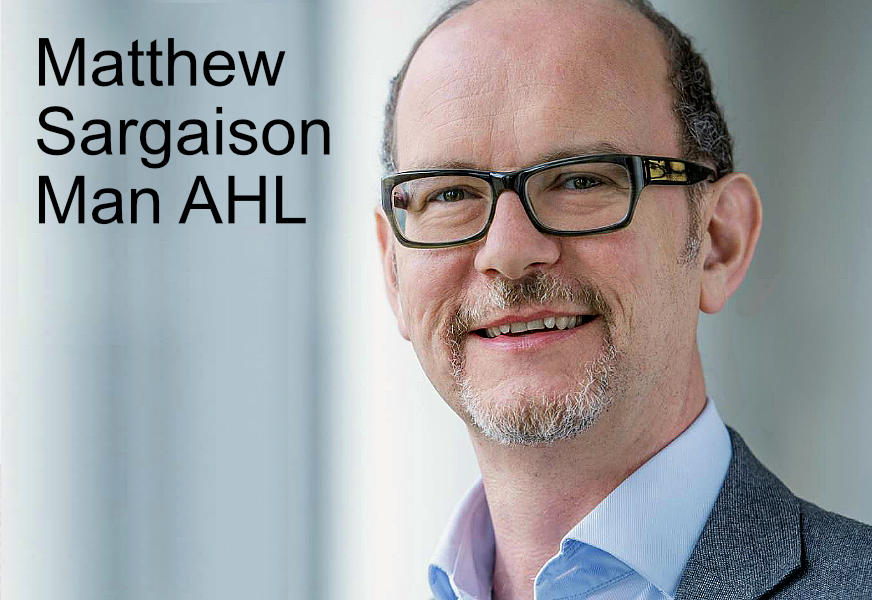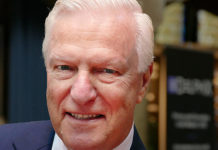By Dan Barnes.
The extent to which AI can be used in the investment and trading space is fiercely debated.
 Matthew Sargaison, co-chief executive officer, Man AHL and Marco Fasoli managing partner at AI Machines, spoke at Bloomberg Week on 9 October about the use of AI in trading and investment, giving quite different perspectives on how it is being utilised at present.
Matthew Sargaison, co-chief executive officer, Man AHL and Marco Fasoli managing partner at AI Machines, spoke at Bloomberg Week on 9 October about the use of AI in trading and investment, giving quite different perspectives on how it is being utilised at present.
Fasoli’s firm has developed full front-to-back investment funds managed entirely via AI, but which require liquid assets in order to function.
 “The generation of trading models and investment signals, all of those activities are carried out by the engine,” he said. “The engine can be applied to any type of portfolio management situation so long as those assets are liquid.”
“The generation of trading models and investment signals, all of those activities are carried out by the engine,” he said. “The engine can be applied to any type of portfolio management situation so long as those assets are liquid.”
Sargaison focused on its application on the execution side of the business, to avoid discussion of competitively sensitive information.
“We capture something like 2.5 billion ticks of data every day, and from that there is an awful lot that we can draw inferences from, to support better modelling of the order book and to improve our execution from an algo perspective,” he said. Noting that other areas of use include assessment of order routing.
“There is a branch of machine learning called ‘reinforcement learning’ in which the algos learn and alter their behaviour based on their interaction with something,” he said. “Typically, that is what Google is doing when it teaches AI to play games.”
He highlighted the problem of assessing broker algo performance as a particular challenge, as each of the third party algos that an asset manager uses will report back that its order book management is the best available, for any given strategy.
“It is hard to get under the cover to see what it is actually doing,” Sargaison noted. “With Al you can make a trade with that algo then observe the costs of the trade, follow the child orders and the behaviour of parts of the order flow.”
Historically, assessment of broker performance would involve A/B testing, with the asset manager splitting order flow between two firms over a three month period and then assessing their comparable performance.
“You can now build machines which are much more dynamic and are learning; every time they trade they are updating their Bayesian priors for how they think their distribution of trade execution should be for each of these models.”
Over time, these systems start routing more trades to brokers based on their performance, but are also dynamic enough to notice when other firms begin to use those strategies thereby dissipating any advantage that particular algo may have.
“Having that dynamic allows us to be much more optimal, but also frees up humans to do things other than calculating A/B test scenarios,” he said.
Fasoli argued that by implementing machine learning the full asset management process can be handled by a machine, which he believes will totally disrupt the buy-side business model.
“Large players talk a good talk on AI and machine learning, but what live products have they got today?” he asked. “There is the sound of crickets. The reality is this industry will be transformed in five years. There are live products which retail investors are investing in today which are AI powered.”
©Markets Media Europe 2025







